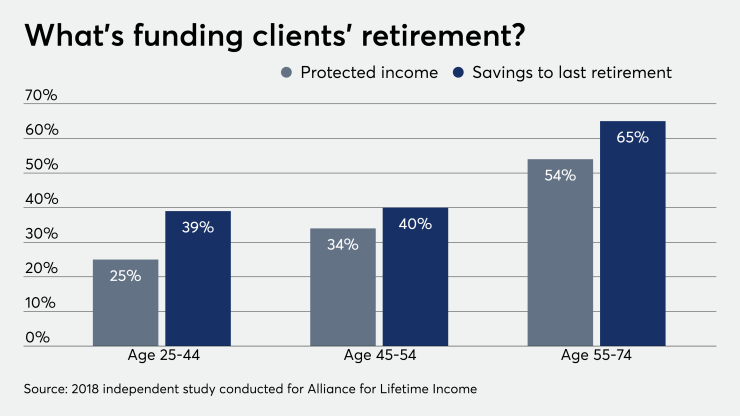Welcome to Retirement Scan, our daily roundup of retirement news your clients may be talking about.
Seniors who haven’t saved enough can still catch up and secure their retirement if they make the right moves, writes an expert in The Wall Street Journal. To improve their retirement prospects, clients are advised to continue working, pay down debt, reduce spending and consider downsizing, the expert writes. Seniors who convert their 401(k) assets into a Roth IRA will face income taxes on the conversion, however future distributions will be tax-free, aside from the earnings portion, which may be taxable if the Roth account exists for less than five years.

Clients should consider their values and goals, determine their risk tolerance and project their lifestyle when creating the right retirement plan, according to this article from the U.S. News & World Report. They should also factor in their age, the article suggests. For example, clients who are years away from retirement are advised to “[a]llocate 50% of [their] after-tax pay toward [their] needs,” with 30% and 20% of their earnings earmarked for entertainment and savings, an expert says.
Young workers who need to raise funds for emergency and other expenses should consider a 401(k) withdrawal as a last resort, according to this article from Kiplinger. That’s because clients will miss out on the opportunity for their savings to grow through compounding. Instead of withdrawing the funds, one option is to take a loan against their 401(k) plan. However, these clients will need to pay the debt on time or they will face income taxes and a 10% penalty.
They have time on their side, but compounding won’t work if they’re all in cash.
Retirement savers can create their own target-date fund, especially if they have access to a 401(k) plan or a similar account, writes an expert in MarketWatch. That’s because almost every plan offers either an S&P 500 Index fund or a U.S. total market fund, as well as one U.S. value fund, he writes. Those who want to own small-cap value stocks may opt to set up a Roth IRA if their 401(k) does not offer such stocks. “No matter how you do it, creating your own target-date portfolio gives you more control over your exposure to risk and your potential for return,” he says.






